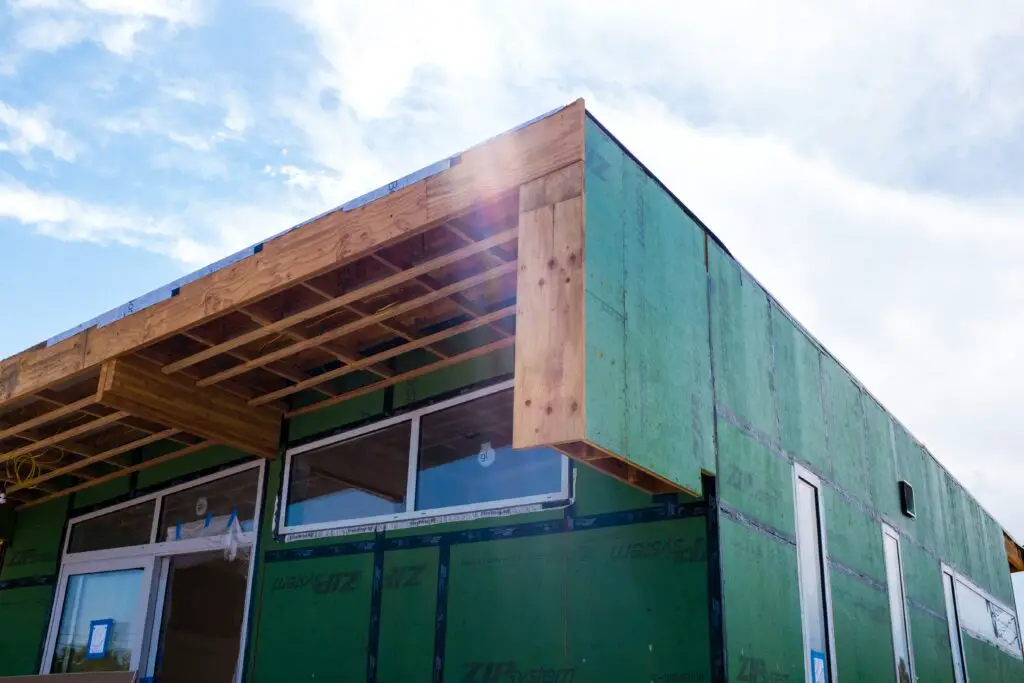The way we design and build our homes plays a crucial role in shaping a sustainable future. Sustainable home design focuses on creating living spaces that are energy-efficient, environmentally responsible, and healthy for their occupants. With climate change, resource scarcity, and rising energy costs becoming more pressing, eco-friendly homes are no longer a luxury—they’re a necessity.
This article explores the key principles, materials, and strategies behind sustainable home design and how you can apply them to your next renovation or build.

Core Principles of Sustainable Home Design
At its heart, sustainable home design balances comfort, efficiency, and responsibility. The main principles include:
- Energy Efficiency: Reducing energy use through smart design, insulation, and technology.
- Resource Conservation: Selecting renewable or recycled materials to minimize waste.
- Indoor Environmental Quality: Ensuring clean air, non-toxic finishes, and natural light for a healthier home.
- Longevity and Adaptability: Designing homes that last for generations and can adapt to changing needs.
By integrating these principles, homeowners can create spaces that are both environmentally friendly and cost-effective over time.
Sustainable Building Materials
Choosing the right materials is fundamental to sustainable construction. Eco-friendly materials minimize environmental impact during production and throughout their lifespan.
Some popular options include:
- Bamboo and Cork: Rapidly renewable and durable alternatives to hardwood flooring.
- Reclaimed Wood: Adds character while reducing demand for new timber.
- Recycled Steel and Concrete: Strong, long-lasting, and resource-efficient.
- Hempcrete and Straw Bale: Natural insulators with low embodied energy.
Whenever possible, sourcing materials locally also reduces transportation emissions and supports regional economies.
Energy-Efficient Systems and Design Strategies
A sustainable home should work with nature, not against it. Energy efficiency begins at the design stage.
- Passive Solar Design: Positioning windows and living spaces to capture sunlight in winter and block it in summer reduces the need for heating and cooling.
- Insulation and Airtightness: Proper insulation keeps interiors comfortable year-round, cutting down on energy bills.
- Renewable Energy Systems: Solar panels, wind turbines, and geothermal heating can drastically lower a home’s carbon footprint.
- Smart Home Technology: Energy-monitoring devices and automation systems help homeowners optimize power usage effortlessly.
These features make a home more comfortable while reducing long-term operating costs.
Water Conservation Techniques
Water is one of our most valuable resources, and sustainable homes incorporate systems to use it wisely.
- Low-Flow Fixtures and Efficient Appliances: Modern faucets, toilets, and dishwashers use far less water without sacrificing performance.
- Rainwater Harvesting: Capturing and storing rainwater can supply irrigation or even household needs.
- Greywater Recycling: Reusing wastewater from sinks and showers for outdoor use minimizes waste.
- Drought-Tolerant Landscaping: Also known as xeriscaping, this approach uses native plants that thrive without frequent watering.
Together, these strategies reduce strain on local water systems and lower utility bills.
Indoor Environmental Quality
A truly sustainable home doesn’t just save energy—it also promotes health and well-being.
- Non-Toxic Finishes: Paints, adhesives, and sealants free from volatile organic compounds (VOCs) improve air quality.
- Natural Ventilation: Cross-ventilation and operable windows encourage airflow and reduce dependence on mechanical systems.
- Biophilic Design: Incorporating natural materials, greenery, and daylight enhances mental well-being and connects occupants to nature.
Healthy indoor environments have been shown to boost comfort, productivity, and overall quality of life.
Designing for Longevity and Flexibility
Sustainability also means thinking long-term. A well-designed home should adapt to life’s changes rather than require frequent rebuilding.
- Modular Layouts: Flexible spaces can evolve as family needs shift.
- Durable Construction: High-quality materials and craftsmanship reduce the need for replacements.
- Low-Maintenance Design: Choosing finishes and systems that are easy to repair or upgrade saves resources in the long run.
Homes built with longevity in mind generate less waste and offer better value across decades.
Cost and Return on Investment
While the initial cost of sustainable design can be higher, the long-term savings are significant.
Energy-efficient systems, renewable energy sources, and water-saving features can cut utility bills by up to 50%. Many governments also offer tax incentives and green building grants to offset upfront expenses.
Moreover, eco-friendly certifications such as LEED, Passive House, or BREEAM increase property value and appeal to environmentally conscious buyers.
Case Studies and Real-World Examples
Around the world, innovative architects and homeowners are redefining what’s possible with sustainable living.
- Net-Zero Homes: These houses produce as much energy as they consume through solar and geothermal systems.
- Urban Green Roofs: In cities like Berlin and Copenhagen, vegetated roofs provide insulation and support biodiversity.
- Small-Space Sustainability: Tiny homes and modular units show that eco-living can be both affordable and flexible.
Each example proves that sustainability can be beautiful, functional, and achievable at any scale.
How to Get Started
If you’re planning a renovation or a new build, here are a few steps to begin your sustainable home journey:
- Set Clear Goals: Identify what matters most—energy savings, comfort, or health.
- Hire Experienced Professionals: Look for architects and builders with a background in sustainable design.
- Research Materials and Systems: Compare costs, certifications, and environmental impact.
- Start Small: Even simple upgrades—like LED lighting or efficient insulation—make a difference.
Sustainability is a process, not a one-time choice.
Conclusion
Sustainable home design isn’t just a trend—it’s a pathway to a better future. By rethinking how we build and live, we can reduce our environmental footprint, improve health, and create homes that truly stand the test of time.
Whether you’re building from scratch or upgrading an existing home, every step toward sustainability counts. The choices you make today will shape the comfort and health of tomorrow’s world.
